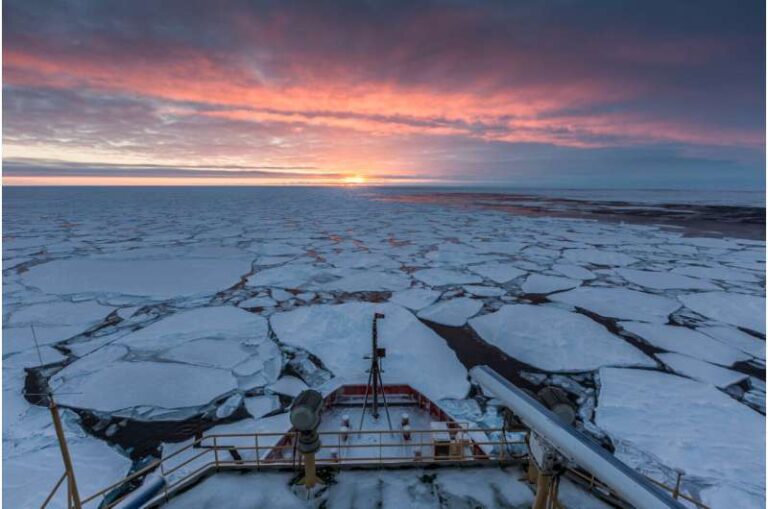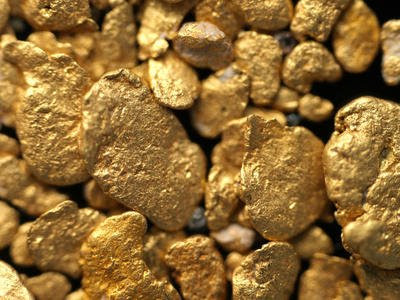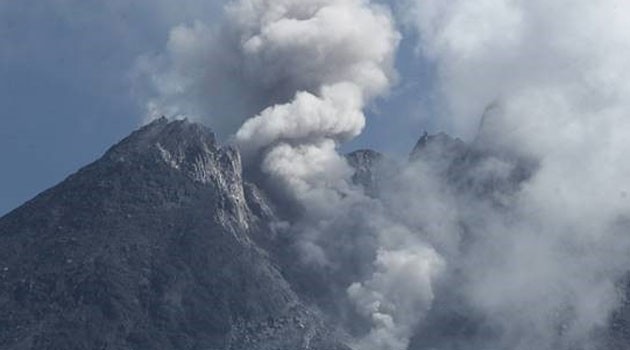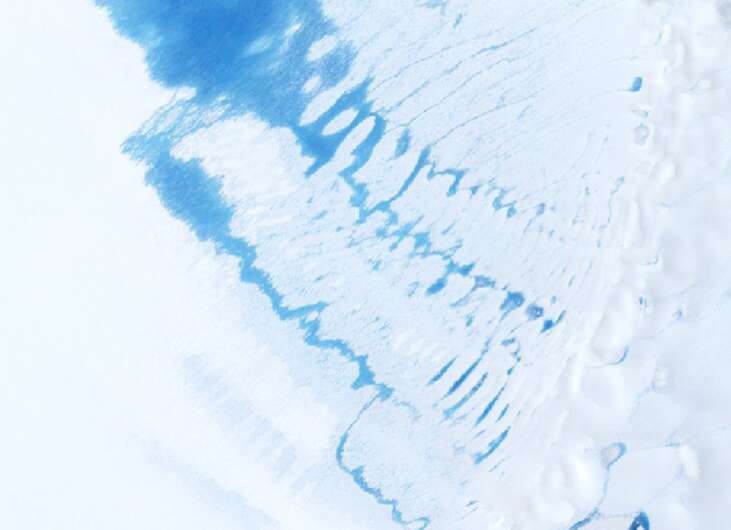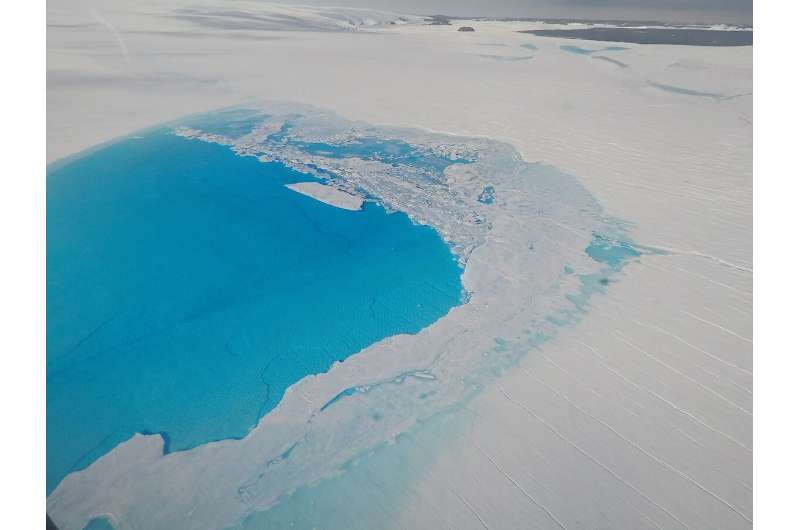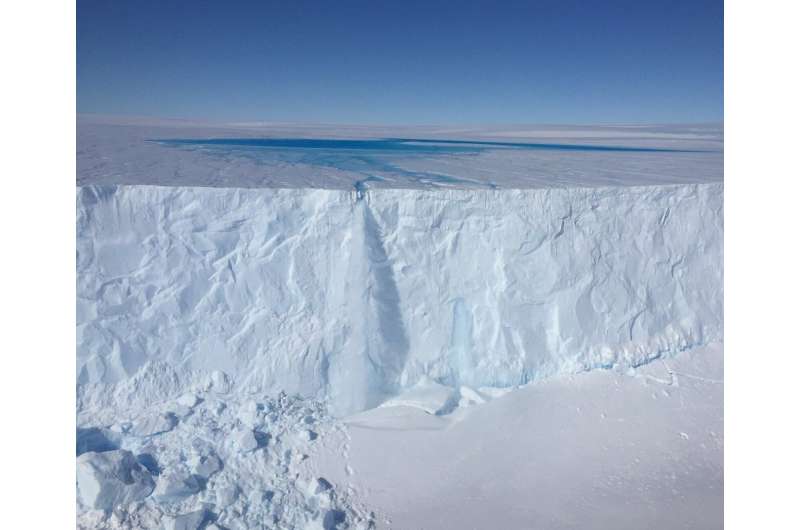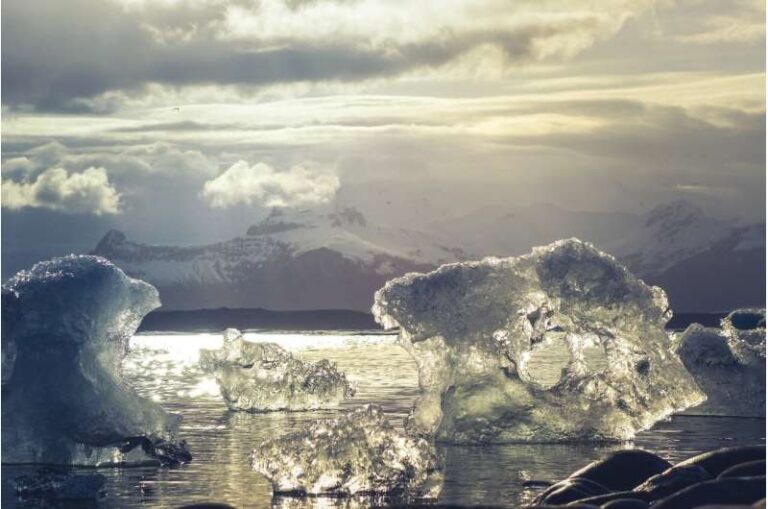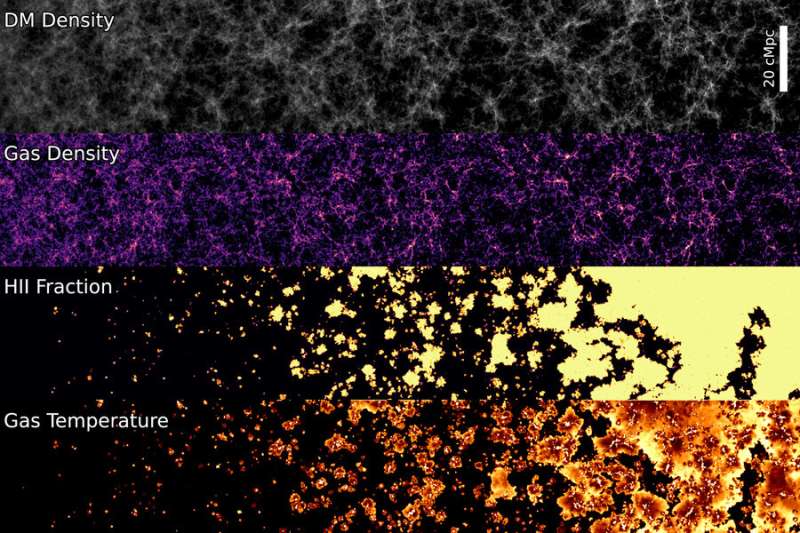While for humans the constants might be death and taxes, for planets the constants are gravity and collisions.
Brandon Johnson studies the latter, using information about impacts to understand the history and the composition of planets, moons, asteroids and meteorites throughout the solar system.
“Impact cratering is the most ubiquitous surface process shaping planetary bodies,” Johnson said. “Craters are found on almost every solid body we’ve ever seen. They are a major driver of change in planetary bodies. They drive the evolution of planetary crusts. All the planets and asteroids were built from a series of impacts. Studying impacts can help us determine the composition and structure of planets.”
As an associate professor in the Department of Earth, Atmospheric, and Planetary Sciences in Purdue University’s College of Science, Johnson has studied almost every major planetary body in the solar system. And the time scale of his research ranges from relatively recent impacts to nearly the beginning of the solar system itself.
Collecting clues about collisions helps Johnson reconstruct the environment in which the collisions took place, offering deep insights into how and when bodies formed. His research is helping humans explore the planetary bodies in the solar system with only physics, math and a computer. Space missions and laboratory analyses provide a constant supply of new data and questions to work on.
“Most meteorites contain chondrules—small, previously molten, particles,” Johnson said. “Essentially, by studying the formation of chondrules by impacts, we can better understand what was going on in the nascent solar system. For example, based on one impact, we were able to determine that Jupiter had already formed right around 5 million years after the first solar system solids, changing the timeline of our understanding of the solar system.”
Johnson and his lab staff incorporate known factors about the composition and physics of planetary bodies into complex computer models, running the models through a range of conditions and comparing the results with observed phenomena. Analyzing movements and collisions can offer insights into the composition of asteroids and meteorites, helping scientists understand how elements like water and metal are distributed through a solar system. By studying impact craters and basins on places like Pluto, Venus and icy moons, and the mechanics of other processes occurring on Europa and asteroids like Psyche, his team can understand more about their interiors; whether they have molten cores and plate tectonics, for example, or whether they have liquid oceans.
His work doesn’t just span the solar system. He studies impacts closer to home, too, including on Earth’s own moon and terrestrial impacts that may have affected the way Earth’s crust, atmosphere and biosphere evolved.
An online impact calculator tool developed by the late Jay Melosh, Johnson’s mentor and former Distinguished Professor of Earth, Atmospheric and Planetary Sciences, allows anyone to study the impacts of various rocks into the Earth. Johnson and his team are rebuilding the tool for a new generation of planetary students.
The research was published in Icarus.
More information: J.R. Elliott et al, The role of target strength on the ejection of martian meteorites, Icarus (2021). DOI: 10.1016/j.icarus.2021.114869
Gareth S. Collins et al, Earth Impact Effects Program: A Web-based computer program for calculating the regional environmental consequences of a meteoroid impact on Earth, Meteoritics & Planetary Science (2010). DOI: 10.1111/j.1945-5100.2005.tb00157.x
Journal information: IcarusProvided by Purdue University

